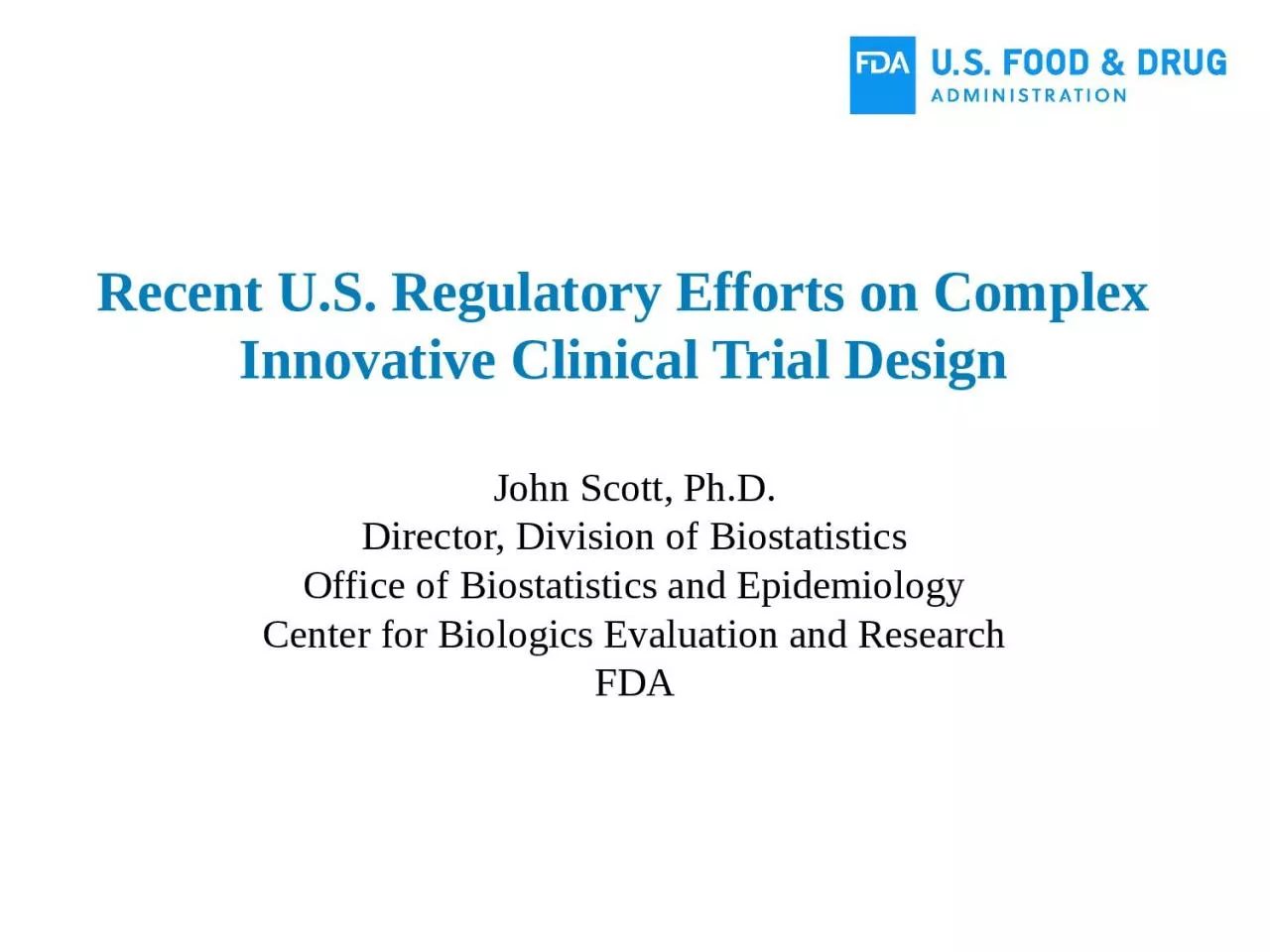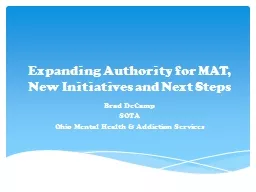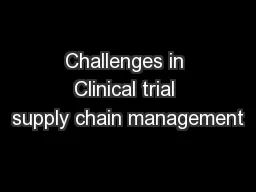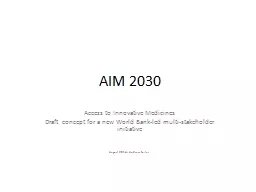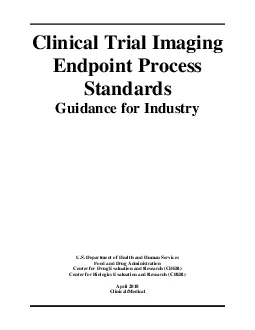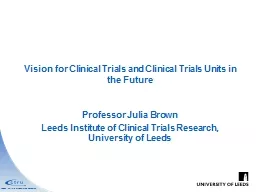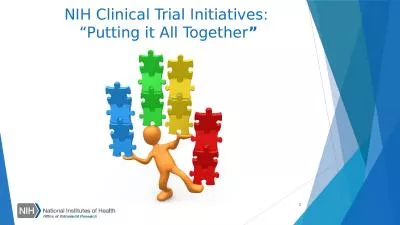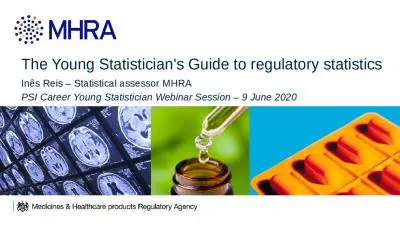PPT-Recent U.S. Regulatory Efforts on Complex Innovative Clinical Trial Design
Author : bery | Published Date : 2024-01-29
John Scott PhD Director Division of Biostatistics Office of Biostatistics and Epidemiology Center for Biologics Evaluation and Research FDA Disclaimer This presentation
Presentation Embed Code
Download Presentation
Download Presentation The PPT/PDF document "Recent U.S. Regulatory Efforts on Comple..." is the property of its rightful owner. Permission is granted to download and print the materials on this website for personal, non-commercial use only, and to display it on your personal computer provided you do not modify the materials and that you retain all copyright notices contained in the materials. By downloading content from our website, you accept the terms of this agreement.
Recent U.S. Regulatory Efforts on Complex Innovative Clinical Trial Design: Transcript
Download Rules Of Document
"Recent U.S. Regulatory Efforts on Complex Innovative Clinical Trial Design"The content belongs to its owner. You may download and print it for personal use, without modification, and keep all copyright notices. By downloading, you agree to these terms.
Related Documents

